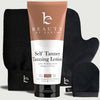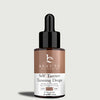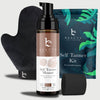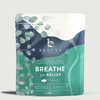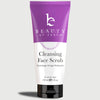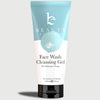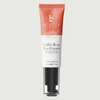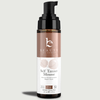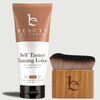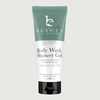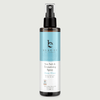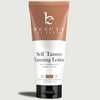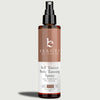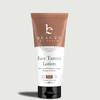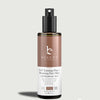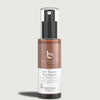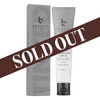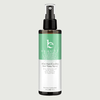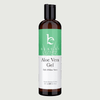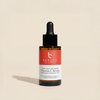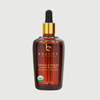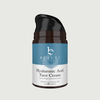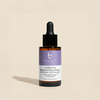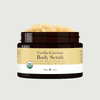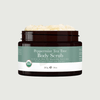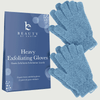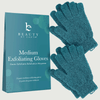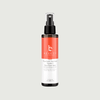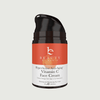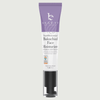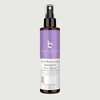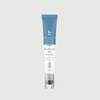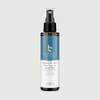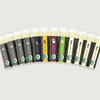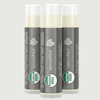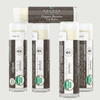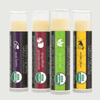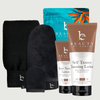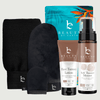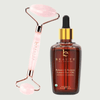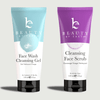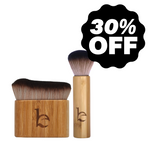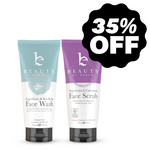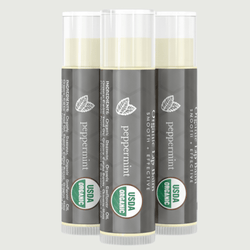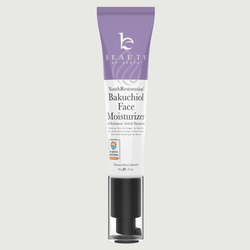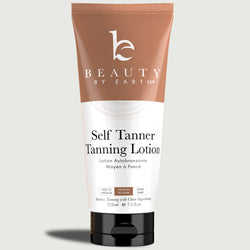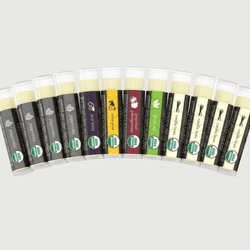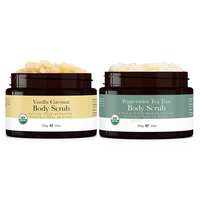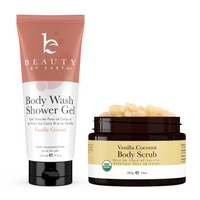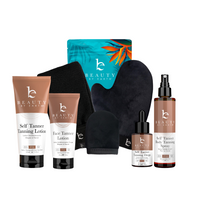Petroleum-based ingredients are found in many skin care products, but what are they and why should you avoid them? In this blog post, we will discuss the dangers of using petroleum-based ingredients in your skin care routine, as well as some tips on how to avoid them.
Petroleum in Skin Care
How to Identify Petroleum-Based Ingredients
Petroleum-based ingredients are often found in skincare products that claim to be "moisturizing" or "hydrating." They can also be found in makeup, hair care, and nail care products. Heard of petroleum jelly? Yup, the name doesn't lie.

Common product label names include "mineral oil," "paraffin," or "petrolatum."
Where They Come From & Why They're Used
These ingredients are derived from crude oil, which is a non-renewable resource. Petroleum-based ingredients are often used in skincare products because they are cheap and easy to obtain. However, they can be very drying to the skin and can cause irritation, redness, and acne.
Problems With Products That Contain Petroleum Derived Ingredients
First of all, petroleum-based ingredients can clog pores, which can lead to blackheads, whiteheads, and other types of acne. And no one wants that—especially those of us who already suffer from acne prone skin. Petroleum-based ingredients can also strip the skin of its natural oils, leading to dryness, redness, and irritation. In addition, these ingredients can actually accelerate the aging process by contributing to the formation of fine lines and wrinkles.
How to Avoid Petrolatum, Mineral Oil, & Everything in Between
If you've got chapped lips or extremely dry skin, there are much better lip balms, body lotion, facial moisturizers, and more forms of skin protectant that are much more natural than petroleum derived products. If you'd like to retain moisture or prevent moisture loss, check out our hyaluronic acid line. It does just that and more. (All the while not containing a fossil fuel 😉).
-
Want to know more about toxic ingredients found in skin care? Read up with some of our past blog posts:

